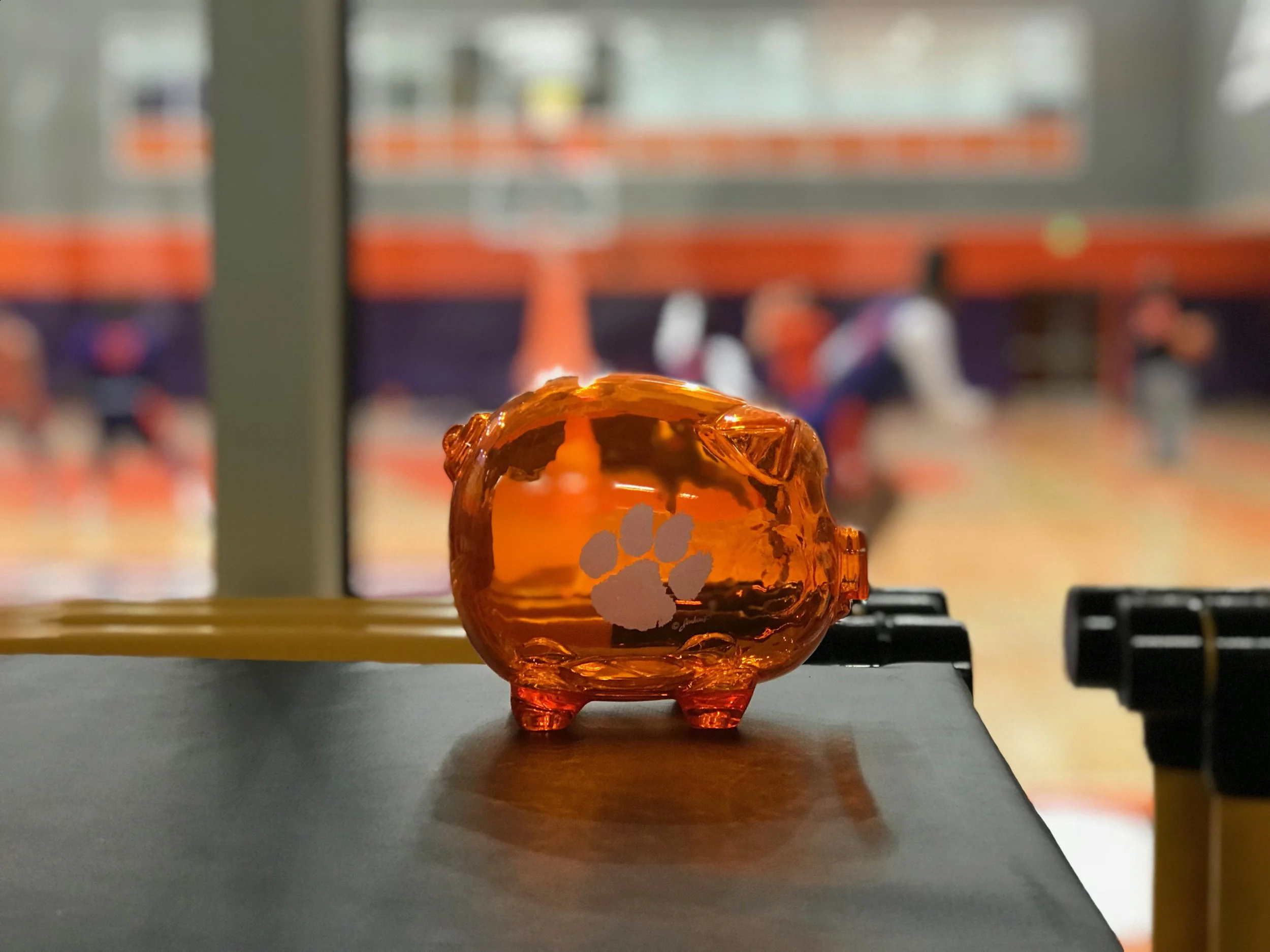Fool’s Gold and Diamonds in the Rough: The Adolescent Growth Spurt in Boys
/An athlete’s potential is typically predicted from a young age, many times based on their size. In tryouts, coaches tend to home in on the big kids first, and forget the smaller boys. Coaches note how hard the big kid throws and hits the ball — irrespective of his technique or coachability. On the other hand, the smaller, weaker boy — who possesses a good understanding of the game and great footwork and hands in the infield (yet struggles to throw it hard) — gets discarded because “well, he’s too small.” Has this coach selected the Fool’s Gold at the top of the pile? And didn’t dig deep enough for the Diamond in the Rough?
Read More









